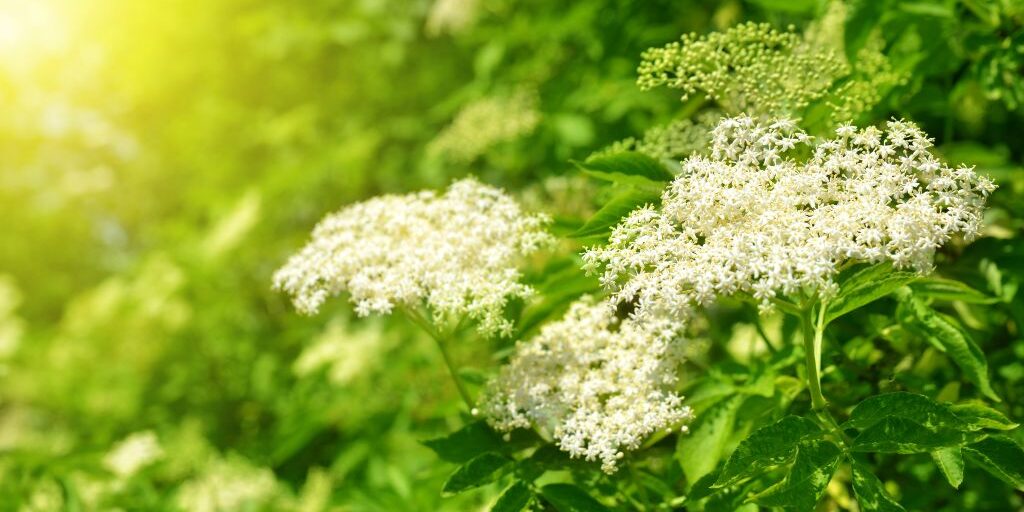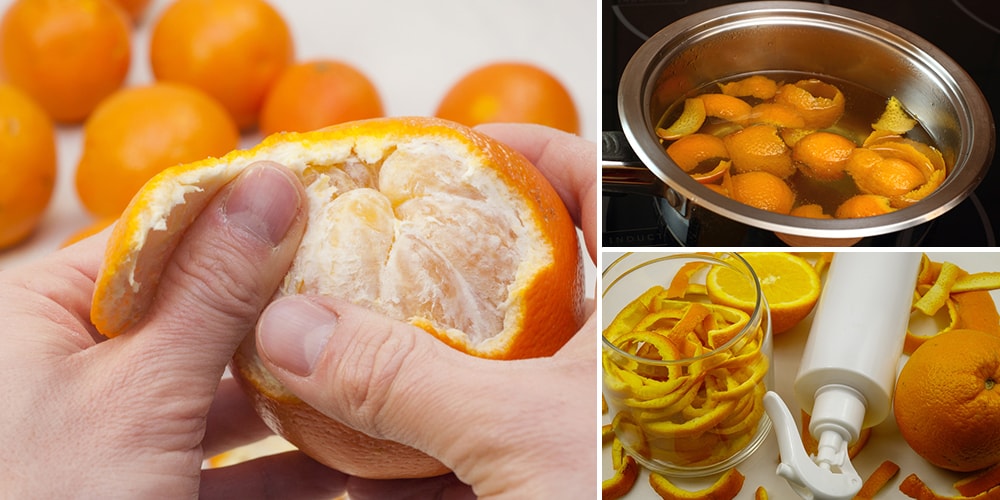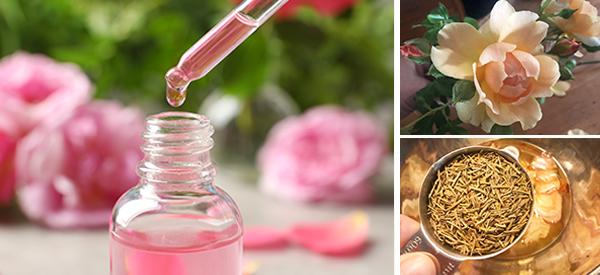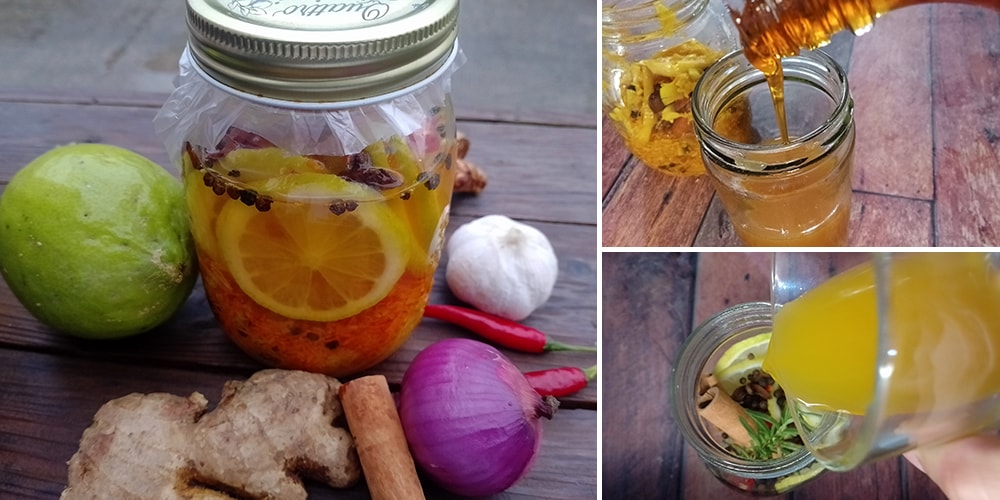
Elderflower
Elderflower, the delicate white blossom of the elder tree (Sambucus nigra), has been revered for centuries as both a powerful herbal ally and a flavorful ingredient. With its subtle, floral aroma and wide array of medicinal uses, it’s no wonder this humble flower is making a strong comeback among foragers and herbalists alike.
In this guide, you’ll learn how to identify elderflower in the wild, when and where to forage it, its traditional and modern uses, how to prepare it for natural remedies, and why it deserves a permanent spot in your apothecary.
What Is Elderflower?
Elderflower comes from the elder tree, a deciduous shrub or small tree native to Europe, parts of Asia, and North America. The elder has long held a sacred place in folk medicine and folklore. While the berries are known for their immune-supporting power, the flowers are just as important—rich in antioxidants, antiviral properties, and a subtle scent that lends itself well to teas, syrups, and skin remedies.
How to Identify Elderflower
Identifying elderflower correctly is crucial, as it can be mistaken for other white-flowering shrubs that may be toxic.
Key Features:
- Flowers: Flat-topped clusters (umbels) of tiny white five-petaled flowers. Each umbel can measure up to 10 inches across and has a light, sweet fragrance.
- Leaves: Pinnate leaves with 5 to 7 serrated leaflets that are arranged opposite each other.
- Height: Grows up to 30 feet tall but is often a large shrub or small tree.
- Stems/Bark: Smooth and pale green when young; older bark is gray and corky with a rough texture.
- Season: Flowers bloom between late May and early July, depending on your region.
⚠️ Caution: Avoid confusing elderflower with poisonous lookalikes like hemlock or water hemlock. Elderflowers have a pleasant smell; toxic varieties often smell foul or have purple-spotted stems.
Where and When to Forage Elderflower
Elderflowers thrive in sunny, moist areas and can often be found:
- Along woodland edges
- By roadsides and streams
- In hedgerows or old fields
The best time to forage is early on a dry, sunny day when the flowers are fully open and fragrant. Avoid picking flowers that are browning, wet from rain, or covered in insects.
Foraging Tips:
- Bring scissors or pruning shears to clip flower heads without damaging the tree.
- Use a basket or breathable cloth bag to keep your harvest fresh.
- Only take a few umbels from each plant to leave plenty for pollinators and elderberries later in the season.
Why You Should Forage Elderflower
This tiny blossom carries impressive benefits, which is why it has been used for generations in traditional medicine.
Health Benefits:
- Immune Support: Contains antiviral and antimicrobial compounds that help fight off colds and flu.
- Anti-Inflammatory: Useful for soothing sore throats, sinus infections, and seasonal allergies.
- Diuretic and Detoxifying: Helps flush toxins through increased urination and sweating.
- Skin Health: Elderflower infusions are often used for calming rashes, sunburn, and minor wounds.
Culinary Uses:
- Elderflower cordial or syrup
- Elderflower-infused tea
- Lightly battered and fried elderflower fritters
- Used in baking, jellies, and even homemade wine
How to Make Elderflower Tea
You’ll Need:
- 1 tablespoon dried elderflowers (or 2-3 fresh heads)
- 1 cup boiling water
- Honey or lemon (optional)
Instructions:
- Place elderflowers in a teapot or heatproof mug.
- Pour over boiling water and cover.
- Steep for 10-15 minutes.
- Strain and sweeten if desired.
Drink up to three cups daily to soothe colds, allergies, or stress.
If you want to see how to make elderflower tea in a video, you can check out this one:
How to Dry and Store Elderflower
To preserve your harvest:
- Spread the flowers in a single layer on a clean cloth or drying screen.
- Keep them in a well-ventilated, shaded area away from moisture.
- Once dry and brittle, remove the flowers from the stems and store them in an airtight jar in a cool, dark place.
Properly stored elderflower can last up to 12 months.
Related: 10 Mistakes You Could Be Making When Storing Herbs
A Note on Safety
- Avoid consuming stems, leaves, or unripe berries of the elder plant, as they contain cyanogenic glycosides which can cause nausea or worse.
- Pregnant and breastfeeding women should consult a healthcare provider before using elderflower medicinally.
- Always positively ID any wild plant before consuming it.
Want to Learn More About Old-Time Remedies?
If you’re drawn to the wisdom of the past and want to protect your home and family with tried-and-true methods, The Forgotten Home Apothecary is a must-have. This book brings back over 100 herbal remedies, salves, and recipes passed down from generations—wisdom nearly lost to time.
Click here to explore The Forgotten Home Apothecary now and start building your own natural medicine cabinet with confidence.
Final Thoughts
Elderflower is a beautiful reminder that powerful medicine can be gentle and even sweet. Whether you’re sipping it in tea, bottling your own syrup, or storing it for winter remedies, elderflower deserves a spot in every herbalist’s toolkit.
Probiotic Elderflower Kefir Recipe
Erratic Blood Sugar? Never Eat This Veggie (Video)
DIY Elderflower And Rosehip Salve
The Best Tea for Colds: Soothing Brews to Help You Feel Better Fast
Yerba Santa Tea: How to Make This Traditional Healing Brew









